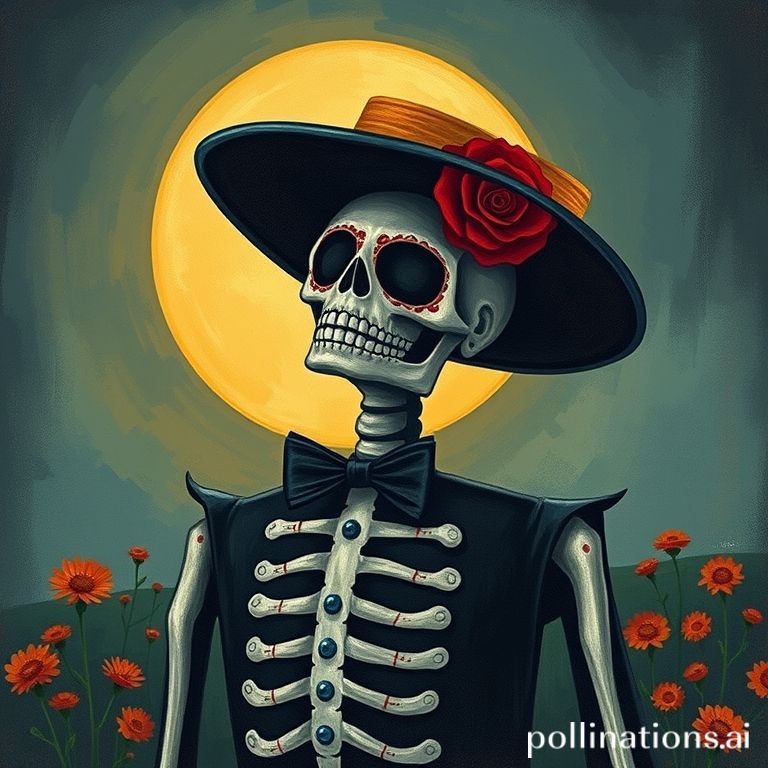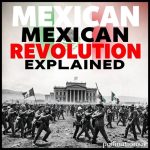Día de los Muertos, or Day of the Dead, is more than just a holiday; it’s a vibrant and deeply meaningful celebration of life and remembrance. Rooted in indigenous beliefs and blended with Catholic traditions, this multi-day festival honors deceased loved ones with colorful altars, joyful gatherings, and heartfelt offerings. Celebrated primarily in Mexico, but also observed in many Latin American countries and communities around the world, Día de los Muertos offers a unique perspective on death – not as an ending, but as a continuation of the cycle of life.
Unlike somber occasions associated with mourning, Día de los Muertos embraces a spirit of festivity and connection. Families believe that the spirits of their departed relatives return to visit during this time, and they prepare elaborate celebrations to welcome them. It’s a time to share stories, reminisce about cherished memories, and feel a tangible connection with those who have passed on. Through vibrant symbols, traditional foods, and communal gatherings, Día de los Muertos provides a powerful and comforting way to honor the enduring bonds of family and love.
The History and Origins of Día de los Muertos
The roots of Día de los Muertos can be traced back to pre-Columbian Mesoamerican cultures, such as the Aztec, Maya, and Toltec. These civilizations had a cyclical view of life and death, believing that death was a natural part of the human experience. They honored their ancestors through rituals and offerings, often displaying skulls as symbols of both death and rebirth. These ancient traditions were later syncretized with Catholic beliefs brought by Spanish colonizers, resulting in the unique blend of customs that characterize Día de los Muertos today.
Pre-Columbian Roots
- Ancient civilizations honored ancestors with offerings and rituals.
- Skulls were used symbolically to represent death and rebirth.
- Festivals celebrated the cyclical nature of life.
Syncretism with Catholic Traditions
- Spanish colonizers introduced All Saints’ Day and All Souls’ Day.
- Indigenous beliefs merged with Catholic practices.
- The holiday evolved into a unique celebration of life and death.
Key Elements and Symbols of Día de los Muertos
Día de los Muertos is rich with symbolism, each element carrying a specific meaning and purpose. Understanding these symbols provides a deeper appreciation for the cultural significance of the holiday. From the ofrendas to the vibrant decorations, every aspect of the celebration contributes to honoring and welcoming the returning spirits.
Ofrendas (Altars)
The ofrenda, or altar, is the centerpiece of Día de los Muertos celebrations. It’s a carefully constructed display adorned with offerings for the returning spirits. These offerings typically include:
- Photos of the deceased: To honor and remember specific individuals.
- Candles: To guide the spirits home.
- Cempasúchil (Marigolds): Their vibrant color and strong scent are believed to attract the spirits.
- Food and Drinks: Favorite dishes and beverages of the deceased.
- Pan de Muerto (Bread of the Dead): A sweet bread decorated with bone-shaped designs.
- Sugar Skulls (Calaveras de Azúcar): Decorated skulls representing the deceased.
- Personal Items: Items that belonged to the deceased, reflecting their personality and interests.
Symbolic Decorations
In addition to the ofrendas, various decorations contribute to the festive atmosphere of Día de los Muertos:
- Papel Picado: Colorful, intricate paper cutouts that symbolize the fragility of life.
- Skeletons and Skulls: Used in artistic and humorous ways to represent death as a natural part of life.
- Calaveras (Skulls): Often adorned with bright colors and intricate designs, representing the individuality of the deceased.
Celebrating Día de los Muertos Today
Today, Día de los Muertos is celebrated with great enthusiasm throughout Mexico and in many parts of the world. The traditions are kept alive through family gatherings, community events, and cultural festivals. The holiday offers a valuable opportunity to reflect on the lives of loved ones, celebrate their memories, and connect with a rich cultural heritage.
Regional Variations
While the core elements of Día de los Muertos remain consistent, there are regional variations in how the holiday is celebrated. Some regions have unique rituals, foods, or decorations that reflect local traditions.
Modern Interpretations
Día de los Muertos has also gained popularity in modern culture, inspiring artistic expressions in film, literature, and visual arts. This increased exposure has helped to promote a greater understanding and appreciation for the holiday’s cultural significance.
Conclusion
Día de los Muertos is a powerful testament to the enduring bonds of family and the cyclical nature of life. It’s a time to remember, celebrate, and honor those who have passed on, embracing death not with sorrow, but with joyful remembrance. By understanding the history, symbols, and traditions of Día de los Muertos, we can gain a deeper appreciation for this unique and culturally rich celebration.
If you enjoyed this article, don’t forget to explore more inspiring stories on Life in Mexico!
IMAGE: A vibrant Día de los Muertos altar (ofrenda) bathed in warm candlelight. The altar is overflowing with marigolds (cempasúchil), sugar skulls, photos of deceased loved ones, pan de muerto, and colorful papel picado banners. The mood is festive and reverent, with soft, diffused lighting creating a sense of warmth and connection. The style is rich in detail, capturing the intricate decorations and cultural symbolism of the holiday. Shot in a traditional Mexican home.


